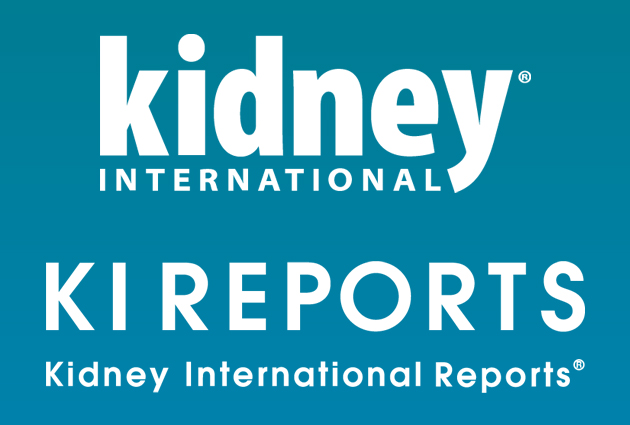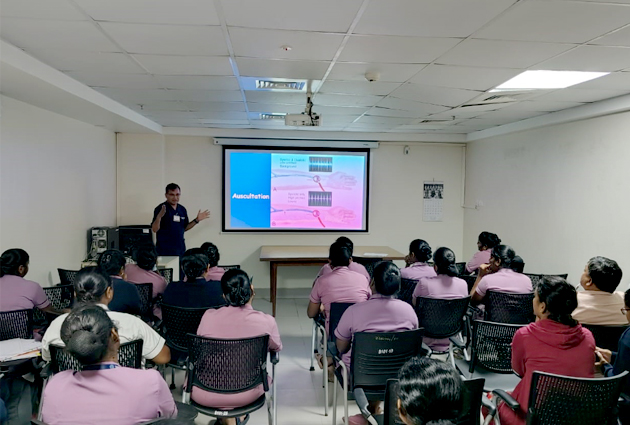Explore the Latest ISN Global Trials Focus Selections Featuring a “Trial of the Month” on the Effects of Semaglutide on CKD in People With Type 2 Diabetes
ISN-ACT Global Trials Focus editorial team member Michele Provenzano summarizes the design and outcomes of the latest “Trial of the Month” featured in ISN-ACT Global Trials Focus.
The “Trial of the Month” is available in several languages, now including German. Read all global trial selections from the ISN-ACT initiative here. In addition, in the ISN ‘Guide for Everyone‘ series, selected clinical trials are demystified for the layperson.
Trial of the Month:
FLOWing Benefits of Semaglutide in People with Type 2 Diabetes and CKD
Effects of Semaglutide on chronic kidney disease in patients with type 2 diabetes
Perkovic et al, NEJM, 2024, July 11;391(2):109-121.
Summary
The FLOW study evaluated the efficacy and safety of using semaglutide, a glucagon-like peptide-1 receptor agonist (GLP-1 RA), for preventing kidney failure, loss of kidney function, and death from kidney or cardiovascular (CV) causes in patients with type 2 diabetes and chronic kidney disease (CKD).
A total of 3533 participants (mean age 66.6 years, 30% female, mean eGFR 47ml/min/1.73m2, median urine albumin-to-creatinine ratio [uACR] 567.6mg/g) on stable maximal therapy with renin-angiotensin system inhibitors (RASi), were randomized (1:1) to either weekly subcutaneous semaglutide (n=1767; starting at 0.25mg weekly and uptitrating every 4 weeks to maximum dose of 1mg weekly) or placebo (n=1766) for a mean follow-up of 3.4 years.
Sodiumglucose co-transport 2 inhibitors (SGLT2i) and mineralocorticoid receptor antagonists (MRAs) were allowed, and randomization was based on using SGLT2i at baseline.
The primary endpoint was a composite of major kidney events, including the onset of kidney failure (persistent eGFR <15ml/min1.73m2 or initiation of dialysis or kidney transplantation), a persistent >=50% reduction in eGFR, or death from kidney or cardiovascular (CV) causes.
Secondary endpoints included the annual rate of change in eGFR (total eGFR slope), major CV events, and death from any cause. The risk of primary events was 24% lower in the semaglutide group compared to the placebo group (331 vs 410 events; hazard ratio [HR], 0.76; 95% confidence interval [CI] 0.66-0.88; P=0.0003).
Results for all secondary endpoints favored the semaglutide group compared to placebo, which showed a slower mean annual decline in eGFR (by 1.16 ml/min/1.73m2; P <0.001), an 18% lower risk of major CV events (HR, 0.82; 95% CI, 0.680.98; P=0.029), and a 20% lower risk of death from any cause (HR, 0.80; 95% CI, 0.67-0.95, P=0.01).
Other efficacy results included a greater reduction in uACR by 38% at 104 weeks, a lower loss of kidney function as calculated based on cystatin C-eGFR (3.39 ml/min/1.73m2), and greater mean weight loss (4.1kg) in the semaglutide group.
Serious adverse events were fewer in the semaglutide group than in the placebo group (49.6% vs. 53.8%), although treatment discontinuation was more common (13.2% vs. 11.9%), mainly driven by gastrointestinal side effects (4.5 vs. 1.1%).
Commentary
Patients with type 2 diabetes and CKD are at high risk for CV events and death. The FLOW study of a large, diverse population of people with diabetes and CKD shows that administering 1.0 mg weekly semaglutide reduces the risk of major kidney events by 24%, CV outcomes, and death while slowing the decline of eGFR.
Current guidelines recommend RASi, SGLT2i, and MRAs for kidney protection; semaglutide could be an additional option.
Given the timing of the study, FLOW was not designed to evaluate semglutide with other new agents, including SGLT2i and non-steroidal MRAs.
Despite the large sample size, there were relatively few patients to allow for a meanginful evaluation of semaglutide in the context of SGLT2i. However, no differences were found between patients taking SGLT2i and those not.
Future studies should evaluate timing and combination therapies but also further evaluate semaglutide for side effects, such as gastrointestinal issues and increased hypoglycemia risk in combination with SGLT2i.
The mechanisms by which semaglutide is nephroprotective are under study and are postulated to be multifactorial (direct actions on the kidney in addition to their indirect actions that improve conventional risk factors for diabetic kidney disease).











